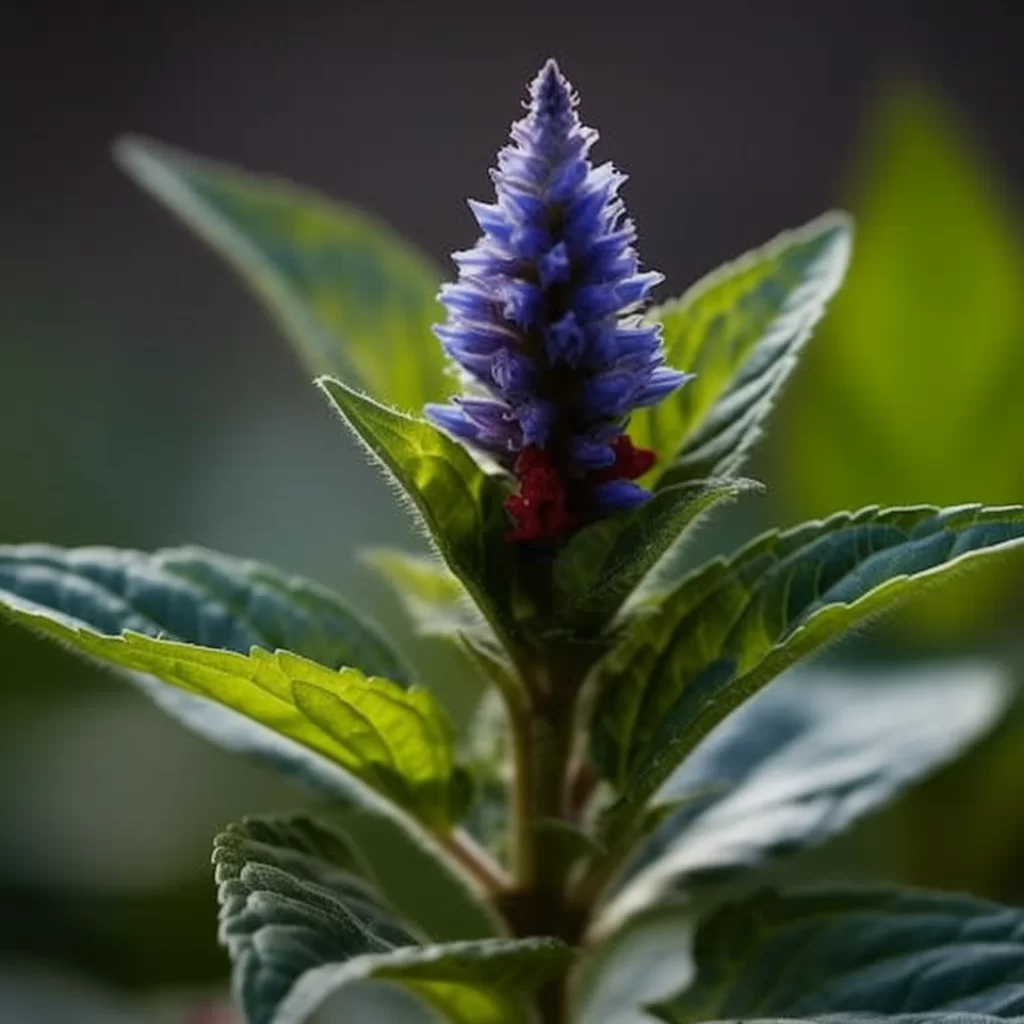Story of Day :
Contents
The Bugleweed Plant: A Complete Guide and Care Tips
Gardening can be a therapeutic activity, but it takes more than just planting seeds to create a beautiful garden.
You need to know the different types of plants and how to take care of them properly.
In this article, we will talk about one such plant that is low maintenance but adds great value to your garden – the bugleweed plant.
What is Bugleweed?
Bugleweeds are perennial plants that belong to the mint family.
They are native to Europe but have now been naturalized in other parts of the world as well.
They are known for their beautiful foliage and flowers.
Types of Bugleweeds
- Ajuga reptans – The most commonly grown variety with purple-blue flowers and bronze-colored foliage.
- Ajuga genevensis – Has green leaves and blue-purple flowers.
- Ajuga tenorii – A new variety that has larger leaves than Ajuga reptans, making it more suitable for ground cover.
Care Tips for Bugleweed Plants

Soil Requirements:
Bugleweeds thrive in moist soil conditions with good drainage.
They prefer slightly acidic soil with a pH range between 6-6.5.
Amend your soil with compost or organic matter before planting buglewedeeds if necessary, which can help improve drainage on heavier soils while increasing water-holding capacity on sandy ones.
Sunlight:
Buglewedeeds prefer partial shade but also grow well in full sun conditions as long as they get enough moisture from watering or rainfall regularly; otherwise, their leaves may wilt and appear brown or dried out.
They can also be grown in areas with dappled shade or filtered light.
Watering:
Buglewedeeds prefer moist soil conditions and should be watered regularly to maintain good growth.
Water deeply, providing at least an inch of water per week from either rainfall or irrigation.
However, ensure that the soil is not waterlogged as this can cause root rot and other fungal diseases.
Fertilizing:
Bugleweed plant requires minimal fertilization but a balanced fertilizer application can help improve foliage growth and flower production in plants.
Apply a slow-release granular fertilizer once in spring when the new growth appears, following package instructions for dosage based on your garden size.

Common Pests and Diseases
Bugleweed plant is relatively hardy but susceptible to some pests such as spider mites, aphids, slugs & snails that feed on its foliage leading to stunted growth & discolored leaves.
A few common diseases affecting buglewedeeds include leaf spot disease caused by fungi resulting from poor air circulation around crowded plants which could spread quickly if left untreated hence always monitor your garden regularly for signs of disease.
Conclusion
The bugleweed plant is a beautiful addition to any garden with its stunning foliage and flowers.
It’s low maintenance makes it ideal for beginners while still adding value to seasoned gardeners’ gardens alike! Following our care tips will help you grow healthy buglewedeeds that are resistant against pest & diseases giving you longer-lasting enjoyment from these lovely plants!